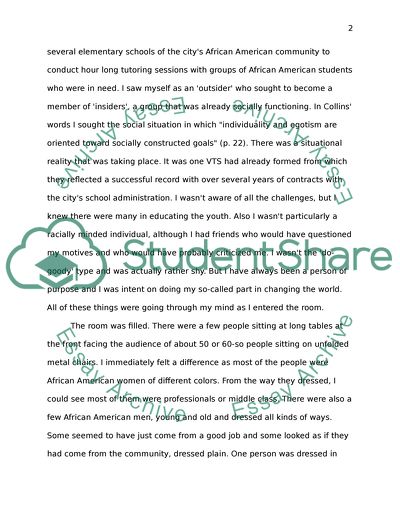Cite this document
(“Durkheim Essay Example | Topics and Well Written Essays - 1000 words”, n.d.)
Retrieved from https://studentshare.org/environmental-studies/1416750-durkheim
Retrieved from https://studentshare.org/environmental-studies/1416750-durkheim
(Durkheim Essay Example | Topics and Well Written Essays - 1000 Words)
https://studentshare.org/environmental-studies/1416750-durkheim.
https://studentshare.org/environmental-studies/1416750-durkheim.
“Durkheim Essay Example | Topics and Well Written Essays - 1000 Words”, n.d. https://studentshare.org/environmental-studies/1416750-durkheim.


